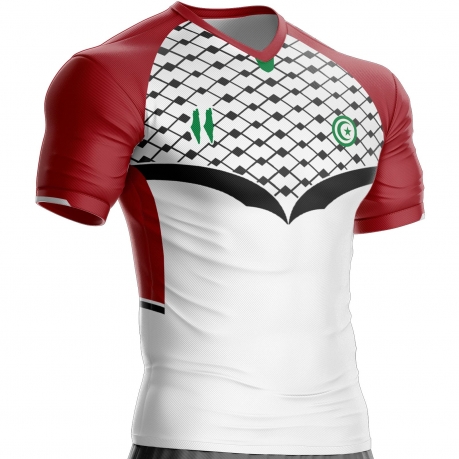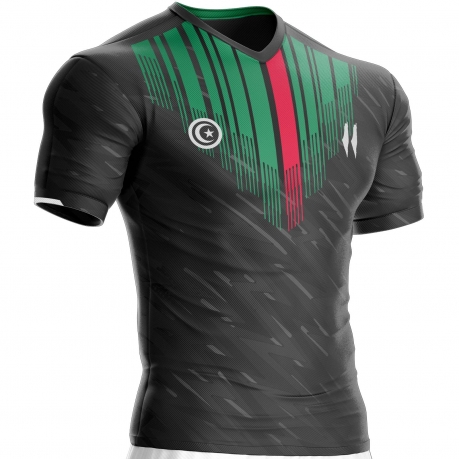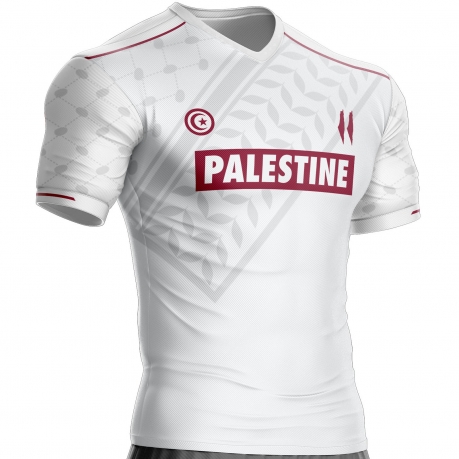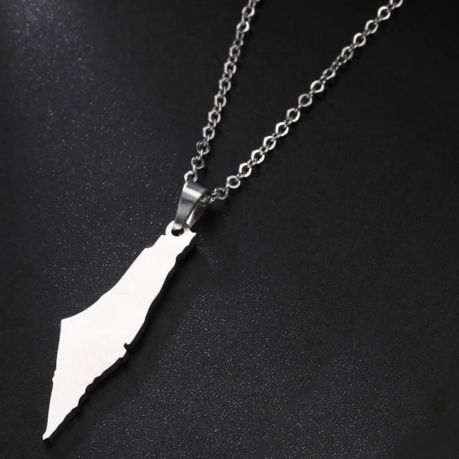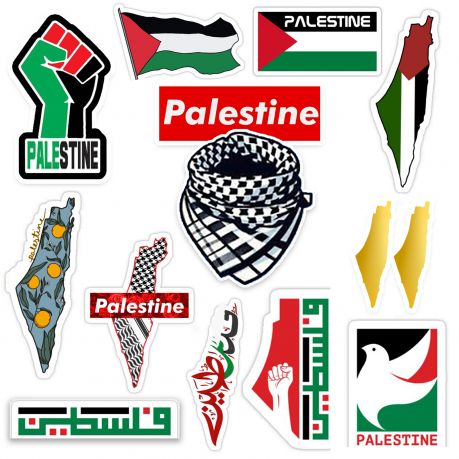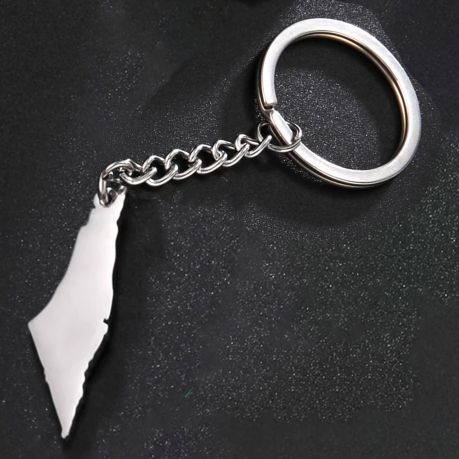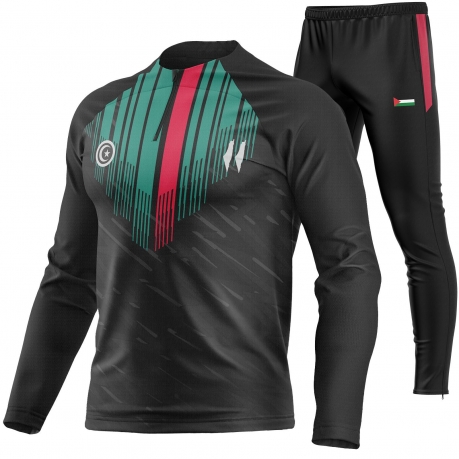The Best Palestinian Fabric Patterns

A journey to the heart of Palestinian textile art
Imagine a world where each thread tells a story, where each pattern symbolizes an aspiration, where each color vibrates to the rhythm of an age-old tradition. This world is that of Palestinian fabrics, a true ode to beauty and cultural richness.
For generations, Palestinian women have passed down the art of weaving from mother to daughter, a precious skill that is at the heart of their identity. More than a simple technique, weaving is a language, a unique expression of Palestinian culture and history.
Each region, each village has its own style, its own patterns and colors, reflecting the diversity and creativity of this people. From geometric shapes to floral patterns to figurative representations, each element tells a story, transmits a message, celebrates an event or tradition.
In this article, we invite you on a fascinating journey to the heart of this ancestral art. Explore the secrets of Palestinian patterns, discover their symbolic meaning and let yourself be enchanted by the beauty and richness of this precious heritage.
A mosaic of styles and symbols
The world of Palestinian fabrics is a veritable mosaic of regional styles, each with its own particularities and distinctive patterns. Among the best known is Tatreez embroidery from Gaza, famous for its bright colors and intricate geometric designs. In the West Bank, the villages of Bethlehem and Hebron are distinguished by their floral and figurative embroidery, while northern Palestine is renowned for its animal motifs and softer colors.
Beyond the diversity of styles, Palestinian motifs share a rich and deep symbolic language. Each element, each shape and each color has a precise meaning which is transmitted from generation to generation.
Exploring popular patterns:
-
Geometric: Geometric shapes constitute one of the pillars of Palestinian embroidery. Triangles symbolize fertility and prosperity, while keys represent protection and security. Diamonds and squares represent stability and harmony, while stars and moons symbolize hope and guidance.
-
Florals: Floral patterns are also very present in Palestinian fabrics. The pomegranate symbolizes abundance and fertility, while the palm tree represents victory and peace. Jasmine and narcissus flowers evoke beauty and purity, while roses symbolize love and passion.
-
Figurative: Less frequent, figurative motifs are no less important. Birds symbolize freedom and hope, while the figures often represent scenes from everyday life, weddings or religious festivals.
A universal language:
Understanding the meaning of Palestinian motifs allows you to better understand the richness of the culture and traditions of this people. Each embroidery is a true woven story, a message transmitted through threads and colors.
In the next section, we will explore how to choose the ideal pattern based on your preferences and the symbolism associated with it.
Choosing your pattern: a personal expression
Choosing a Palestinian motif is a unique and personal experience. It's about finding a design that appeals to you, that suits your tastes and that expresses your personality. Here are some tips to guide you in your choice:
1. Set your preferences:
-
Colors:Choose colors that attract you and that correspond to the atmosphere you want to create.
-
Style:Opt for a regional style that appeals to you or a more eclectic style combining different patterns.
-
Technical:Choose between traditional embroidery, weaving or fabric printing.
2. Explore symbolism:
-
Meaning:Find out what the different designs mean and choose the one that matches your values and aspirations.
-
Occasion:Offer a symbolic motif for a birth (fertility, protection), a wedding (love, happiness) or another special occasion.
3. Be inspired:
-
Visit exhibitions:Explore exhibitions of Palestinian fabrics to discover the diversity of styles and patterns.
-
Check out books and websites:There are many resources available to help you learn more about Palestinian designs.
-
Talk to the artisans:Meet artisans and weavers to discover their passion and know-how.
Pattern ideas for different occasions:
-
Birth:Pomegranate (abundance), butterfly (transformation), tree of life (growth)
-
Marriage:Jasmine flowers (love), hearts (passion), doves (peace)
-
Protection:Keys, hand of Fatma (against the evil eye)
-
Happiness:Stars, moons, fish
Your personal choice:
Remember that choosing a Palestinian pattern is above all a matter of personal taste. Let yourself be guided by your intuitions and choose the motif that touches you the most. Your embroidery or weaving will thus be a unique and authentic creation, reflecting your personality and your aspirations.
Next step:
In the next section, we will explore how Palestinian fabrics can enhance your interior design.
Enhance your interior with Palestinian fabrics
Far from being confined to traditional clothing, Palestinian fabrics are now used in interior decoration, bringing a touch of authenticity, color and symbolism to your living space.
Vibrant colors, captivating patterns and rich textures: Palestinian fabrics offer a multitude of possibilities for creating a unique and personalized decoration.
Here are some ideas for integrating these fabrics into your interior:
-
Cushions:Cushions embroidered with geometric or floral patterns will add a touch of elegance and comfort to your sofa or bed.
-
Wall hangings:A large wall hanging decorated with a symbolic motif, such as a tree of life or a village scene, will become the focal point of your room.
-
Table runners:A woven wool table runner decorated with traditional motifs will bring a touch of authenticity to your meals.
-
Tablecloths:A tablecloth embroidered with floral motifs will add a touch of cheerfulness to your table.
-
Decorative panels:Framed Palestinian fabric panels can be used to decorate your walls or doors.
Combine styles:
Palestinian fabrics fit perfectly into different decoration styles.
-
Modern:Pair embroidered cushions with clean-lined furniture to create a striking contrast.
-
Traditional:Combine Palestinian wall hangings with wooden furniture and handicrafts for a warm and authentic ambiance.
-
Bohemia:Mix fabrics in bright colors and varied patterns to create a relaxed and festive atmosphere.
The art of combination:
Don't hesitate to mix styles and colors to create a decoration that suits you. The important thing is to create a harmonious ensemble and choose fabrics that give you pleasure.
Palestinian fabrics are not simple decorative objects. They carry a history, a culture and a thousand-year-old tradition. By integrating them into your interior decoration, you are doing much more than adding a touch of originality to your space, you are helping to preserve and bring to life a precious heritage.
a precious heritage to preserve
Palestinian fabrics, with their vibrant colors, fascinating patterns and deep symbolism, constitute a true cultural treasure. Each embroidery, each weaving tells a story, transmits a message and celebrates the richness of Palestinian identity.
Beyond their aesthetic beauty, these fabrics constitute an essential element of Palestinian cultural heritage. They are the fruit of ancestral know-how passed down from generation to generation, a symbol of resistance and creativity in the face of hardship.
By choosing to integrate Palestinian fabrics into your daily life, whether through your clothing or your interior decoration, you are helping to bring this precious heritage to life and supporting local crafts.
Encouragement for discovery:
-
Visit specialized stores:Discover the variety of Palestinian fabrics available and meet passionate artisans.
-
Support cooperatives:Prioritize purchasing fabrics from cooperatives that support women artisans and local communities.
-
Learn to embroider or weave:Take part in workshops and discover the traditional techniques of this ancestral art.
In conclusion, Palestinian fabrics are much more than just textiles. They are a vibrant expression of an age-old culture, a bridge between past and present, and a symbol of hope for the future.
Let us celebrate this precious heritage together and contribute to its preservation for future generations.





